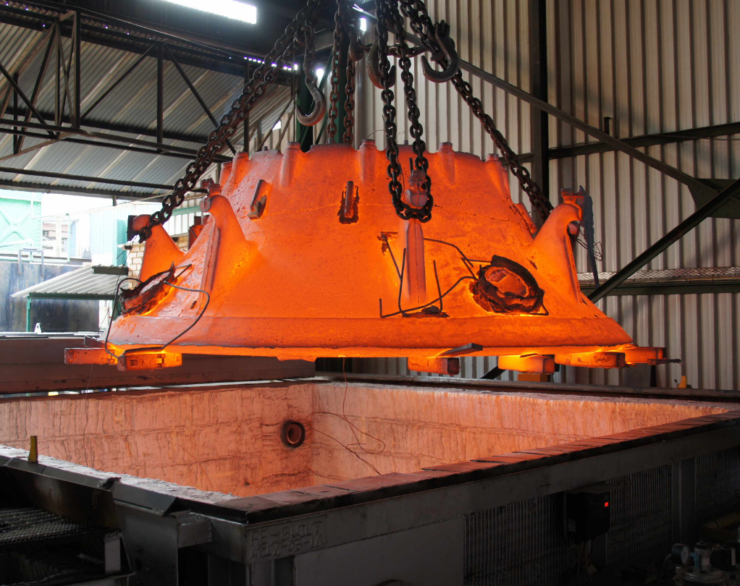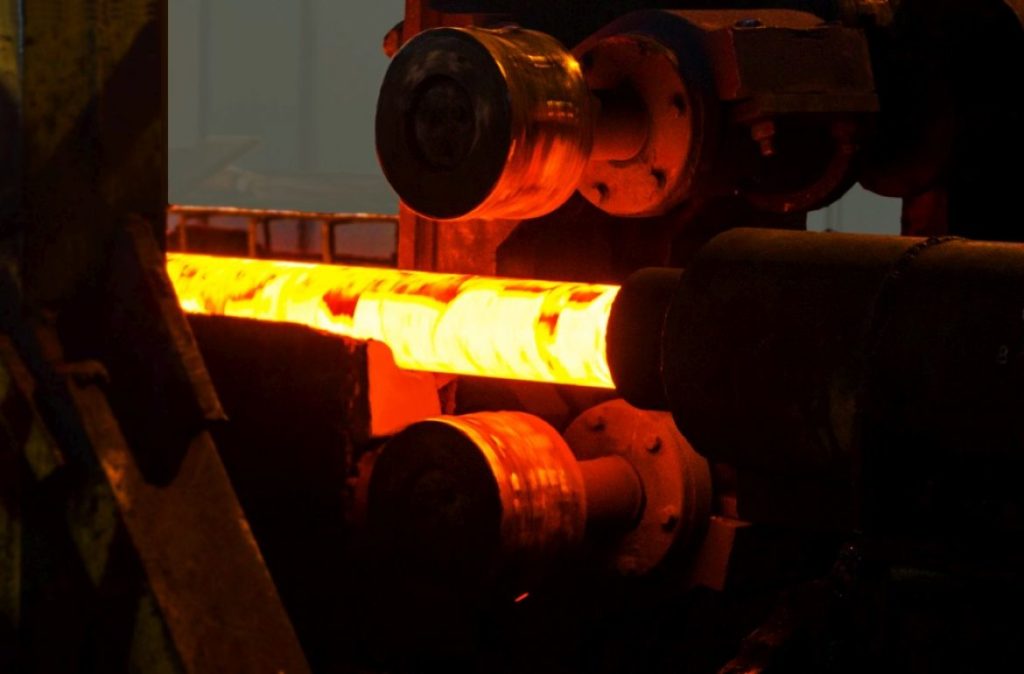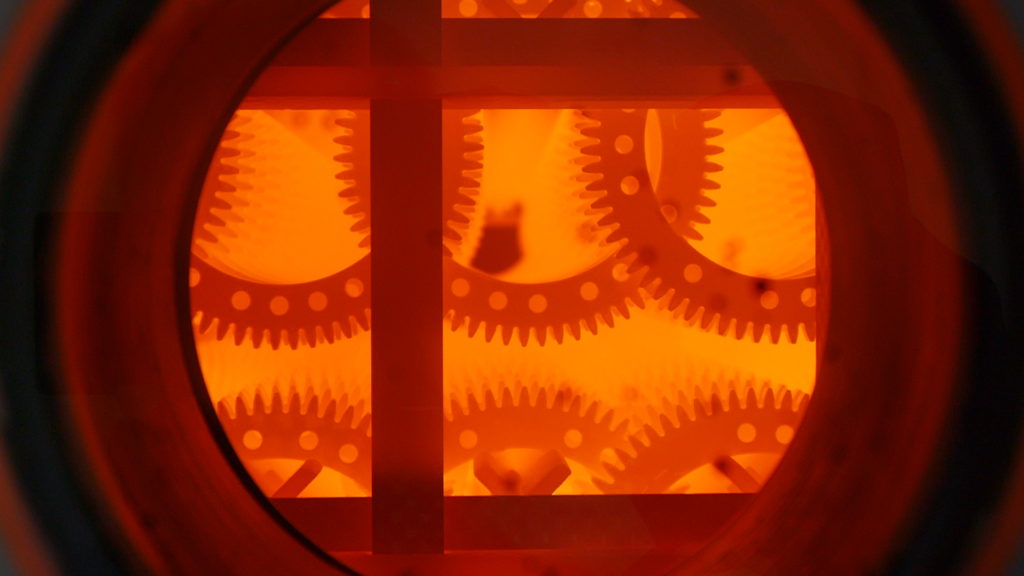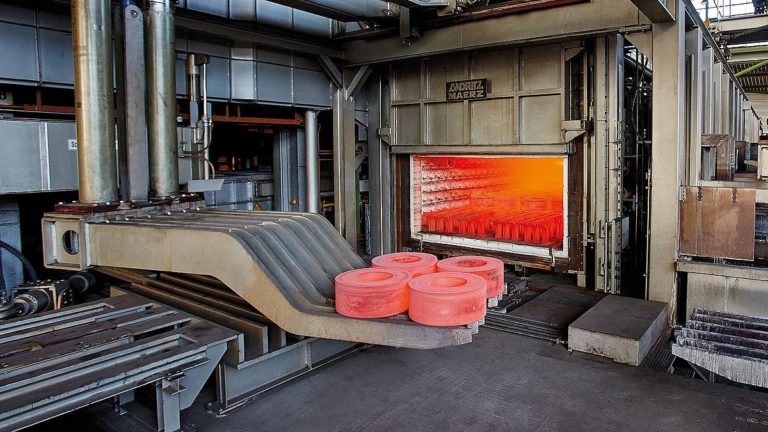Heat treatment is a controlled process that represents combined heating and cooling to obtain a physical change of the metal. The main objective of this method is to create advanced structures and characteristics of the material for a specific use. There are various types of this method because of the wide selection of metals and their properties. Many other industries that use metals in manufacturing are dependent on metallurgy and heat treatment as the main process.
The reason why heat treatment is so important is that it changes the structure and flexibility of the metal and adapts it for the final product. Companies like virgamet.com have all of the necessary equipment to use the method of heat treatment for creating stainless steel, or providing some other metals with higher resistance of corrosion.
There are varieties of metals for manufactures, and each one of them requires a specific type of heat treatment, which is the reason for having different types of this method as well. In this article, we are going to introduce you to the most common methods of heat treatment, along with their benefits.
1. Normalizing
The process of normalizing serves as a method able to strengthen steel and make it more resistant for bending, forging, and many other operations. Every metal has its limit of resistance, and Normalizing is heating the metal with a temperature 40 degrees over the limit. During the process, the metal will stay heated on a required temperature for a specific time. At the end of the Normalizing method, the material is cooling by air, which, as a final result, gives the material required resistance and higher quality. The main feature of normalized metal is its much higher resistance and strength. The most common usage of this method is for constructions that need to handle higher loads.
2. Annealing

The Annealing is a process similar to Normalizing because it is also using a method of heating the metal at much higher temperatures. However, the difference is in the cooling, and during Annealing, the metal is cooling at a slow rate using the room temperature. Also, both heating and cooling can differ according to the type of metal and its critical heating point. This method is best for metals that need to change their structure, becoming more suitable for manufacture. Moreover, there are several techniques of this method, such as recrystallization, partial annealing, full annealing, and the final annealing process.
3. Hardening
Hardening is a basic process of strengthening the metal after heating. According to the structure of the metal, we can use water, brine, or oil for cooling. The temperature can also vary by specific preferences of the material. The most common use of this process is for a type of steel that needs to be heated above 900 degrees, and quickly cooling it after. The main benefit is acquiring greater strength, but there is also one downside, which is reduced flexibility.
4. Tempering

Since steel is often less flexible after hardening, there is another process, the Tempering, which will increase the quality and brittleness of steel. During this process, the temperature of heating treatment is much lower and leaving it to cool down slowly on the still air. During the heating process, the steel will become more elastic, but it will remain its strength. This method is best for high-speed steel, which is one of the rare metals that will become harder after the tempering. When it comes to cooling, the main choice is to leave the heated metal on the still air. Apart from that, the time and temperature during cooling will not have any special influence on the structure.
5. Precipitation Hardening
This method represents a heat treatment best for moldable iron, and it can change the persistence and main features of metal for higher durability and strength. Like with other similar methods of heating, the maximum temperature can differ by the structure of metal that requires the treatment.
6. Carburization

Carburization is another heat treatment process where the treated metal becomes more carbonized by the carbon absorbed from other materials. The final result is providing the treated structure with a richer amount of carbon, which will provide it with greater stability and strength. The most common equipment for this process is carbonizing gas. There are various types of this method that differ in the carbon bearer that can be gas or liquid.
7. Stress Relieving
This method is especially beneficial for the manufacture of bottles, batteries, boilers. During this process, the metal is treated with a temperature not extremely over its resistance limit and left to cool down at room temperature. Stress Relieving is best for materials that were already processed several times before.
8. Isostatic Pressing

During the hot isostatic pressing, some gases like argon are added into the heating process, with high pressure and temperature. The benefit of this method is an increase in preferences and quality of metal that passes the treatment. Also, the isostatic pressing will remove any particles that created the vulnerability of the metal, like porosity and gases. It is most common during the manufacture of parts for planes and medical equipment. Those industries require materials of the highest quality like chrome and titanium.
Conclusion
Heating is the process of creating different metal alloys and changing their structure for industrial applications Today, with the advancements in the industry and technology, we have various methods for adjusting and changing the structure of steel, aluminum, and other metals, making them proper for various demands.
The most common metal that is used in heat treating processes is steel. However, there are other types like brass, titanium, magnesium, copper, and many others, that could also be enhanced using some heating method. On the other side, while some metal could become stronger during a particular heating process, the other type might be weakened with the same one. Knowledge about the structure and behavior of various materials is crucial in the metallurgy.
Moreover, the process, cooling, shares the same importance as heating, because during this process, the treated metal is gaining a preferred form. Also, like with methods for heat treatment, various metals react differently to the cooling processes.

